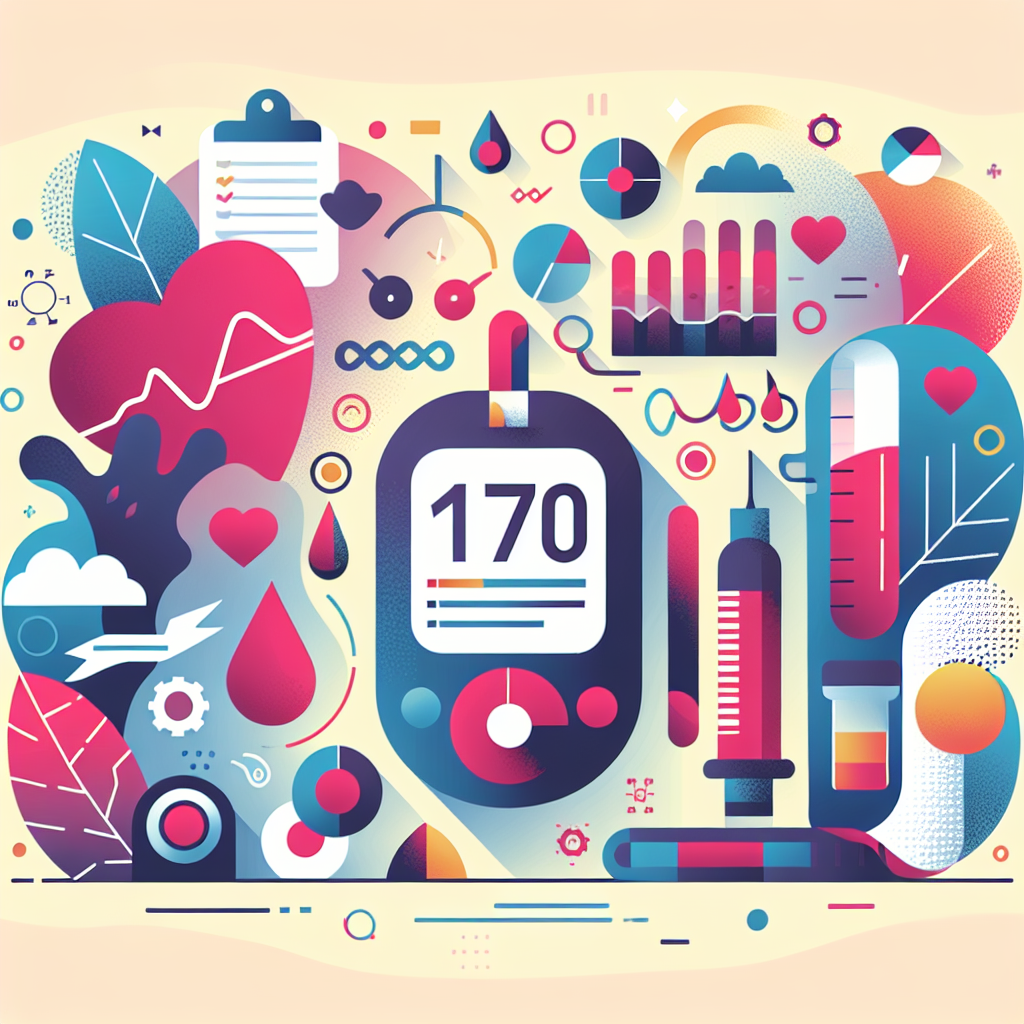Understanding how your glucose changes across a day can help you make smarter choices about food, activity and medications. A clear way to visualize that is with a normal blood sugar graph 24 hours — a line or series of points that show typical rises after meals and gradual declines during fasting and sleep. This article explains what a daily glucose curve commonly looks like, how to read variations such as post-meal spikes, and practical steps to respond to high or low values safely.
Understanding a normal 24-hour blood sugar graph
A 24-hour glucose trace usually follows a repeating pattern: a rise after meals, a peak around one to two hours after eating, and a return toward baseline before the next meal. Overnight values are often lower and more stable. The precise shape depends on what and when you eat, your insulin sensitivity, activity level, and whether you use glucose-lowering medication. Continuous glucose monitors (CGMs) and frequent fingerstick testing make these patterns visible and actionable.
Common features: fasting, post-meal peaks, and nighttime trends
Key regions to look for on a day-long plot include fasting morning values (often taken before breakfast), the post-meal window when blood glucose typically peaks, and overnight levels. A blood sugar level graph after eating will show a rise that usually resolves within two to three hours for people without diabetes. Larger or prolonged spikes suggest delayed insulin response, very high carbohydrate intake, or reduced insulin sensitivity.
Interpreting what deviations mean
Mild elevations after meals are normal; however, sustained or very high postprandial readings can increase long-term risk of complications if frequent. Low readings (hypoglycemia) are urgent and need immediate response with fast-acting carbohydrate. When reviewing a daily graph, notice frequency, duration, and magnitude of excursions above or below target ranges. Single outliers are less concerning than repeated patterns that suggest a need to adjust meals, timing, or medication.
How to respond to high readings
If your day shows repeated high peaks after certain meals, try small, practical adjustments: reduce portion size of high-glycemic carbs, add protein or fiber to slow absorption, and increase light activity (a 10–20 minute walk after a meal often helps). If you use insulin, discuss timing and dose with your healthcare provider before making changes. For people on oral medications, consistent post-meal hyperglycemia should prompt a clinician review to adjust therapy or lifestyle support.
How to respond to low readings
Recognize hypoglycemia on the graph as values that drop quickly below your target threshold. Treat immediate lows with 15–20 grams of fast-acting carbohydrate (glucose tablets, fruit juice, or regular soda), wait 10–15 minutes, and recheck. If lows happen at night, consider a small bedtime snack containing carbohydrate plus protein and review medication timing. Frequent or severe lows require urgent discussion with a clinician to reduce medication risk.
Using graphs to guide habits and clinical discussions
Graphs are most useful when paired with notes about meals, exercise, stress, and medication. Keeping a short log helps link patterns to causes. Share summaries or screenshots with your care team instead of raw data if that’s easier; they can suggest targeted changes. For a comprehensive overview of type 1 and type 2 diabetes care, consider reading this detailed resource: Type 1 and Type 2 diabetes: the ultimate guide for 2024.
When to seek professional help
Contact your healthcare provider if you notice frequent high post-meal spikes, unexplained nighttime lows, or if your pattern changes despite lifestyle adjustments. For reliable clinical guidance on managing diabetes and monitoring blood glucose, official public health resources provide evidence-based recommendations; see this overview from the CDC for practical management steps and patient resources: CDC — Managing Diabetes.
Interpreting a day-long glucose trace is a skill that improves with practice. Use the graph to identify patterns, test one change at a time, and collaborate with your care team to set targets that reflect your individual health goals and risks.
- Takeaways:
- Daily glucose graphs show predictable post-meal rises and overnight stability for many people.
- Look for consistent patterns, not isolated readings, to guide changes.
- Address highs with meal composition and activity; treat lows immediately with fast carbs.
- Share patterns with your clinician for medication or therapy adjustments.
How soon after eating should I expect a peak?
Most people see a peak one to two hours after starting a meal. The height and duration depend on carbohydrate amount, fiber and fat content, and insulin response. Monitoring with a CGM or timed fingersticks can confirm your typical window.
Can exercise affect my 24-hour graph?
Yes. Activity lowers blood glucose by increasing muscle glucose uptake and improving insulin sensitivity. A brisk walk after a meal commonly reduces the post-meal peak; more intense or prolonged exercise can also lower baseline values for hours afterward, so plan meals and monitoring accordingly.






